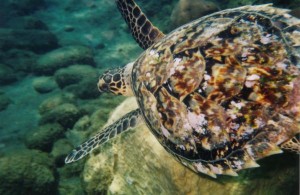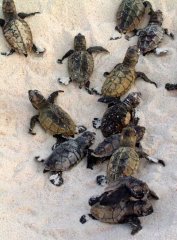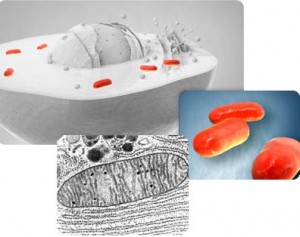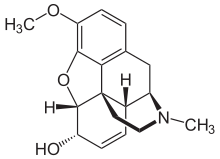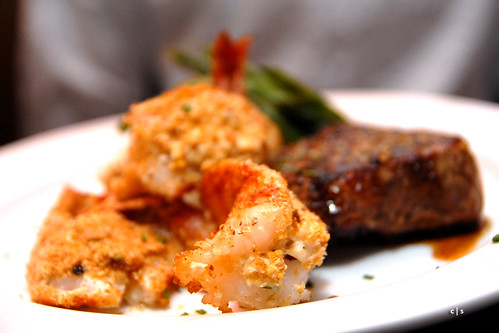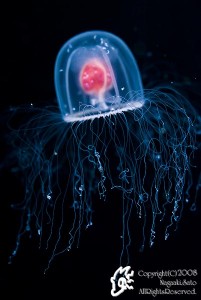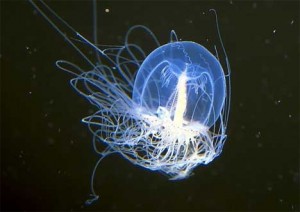Everyone has heard about the “terrible twos” , a developmental period with frequent temper tantrums, mood swings and a child who just says “no” to everything. New research has now discovered that lying is yet another milestone to be on the watch for at this age.
In an recently published study, Dr. Angela Evans and Dr. Kang Lee set out to investigate when children begin lying. Previous research has shown that children of at least three years of age will lie under laboratory conditions but it was unknown whether younger children would also lie.
The children in the study were all seen individually in a quiet room where they completed a series of tasks, such as reverse block sorting, which is designed to measure executive function and verbal deception as measurements of their cognitive function ( a persons thought processes).

An example of blocks that could be used in a reverse categorization test
Polylerus via wikimedia commons
To test whether or not the child would lie, they were placed in a temptation-resistance paradigm in which the child played a game with the investigator. A toy was placed behind the child and a noise associated with the toy was played. It was the child’s job to then guess what the toy was. On the third round the investigator would put the toy behind the child, playing an unrelated noise, but this time would look for something in the corner with their back towards the child.
About 80% of the children peeked at the toy. Of the 52 children who looked at the toy, 40% of them lied about having looked. Nearly 50% of three-year-olds who peeked lied about it, compared to only 25% of the of two-year olds. Before this study the earliest time that lie telling behaviours had been observed was approximately three and a half years-old.
This study also found that the children who performed better on the executive functioning tasks were more likely to lie about having peeked at the toy. This tells us that the children who are telling the lies are more cognitively advanced than those who are not. This makes sense because the telling of a lie is a fairly complex cognitive process.
Dr. Evans recently did an interview with CBC radio’s quirks and quarks to explain the findings of the experiment, which you can listen to here.
While you may think lying is just another bad quality to develop in the terrible twos, look on the bright-side, if a two-year-old is lying it just means that they are more cognitively advanced than the truthful two-year-olds.
– Miranda Marchand





